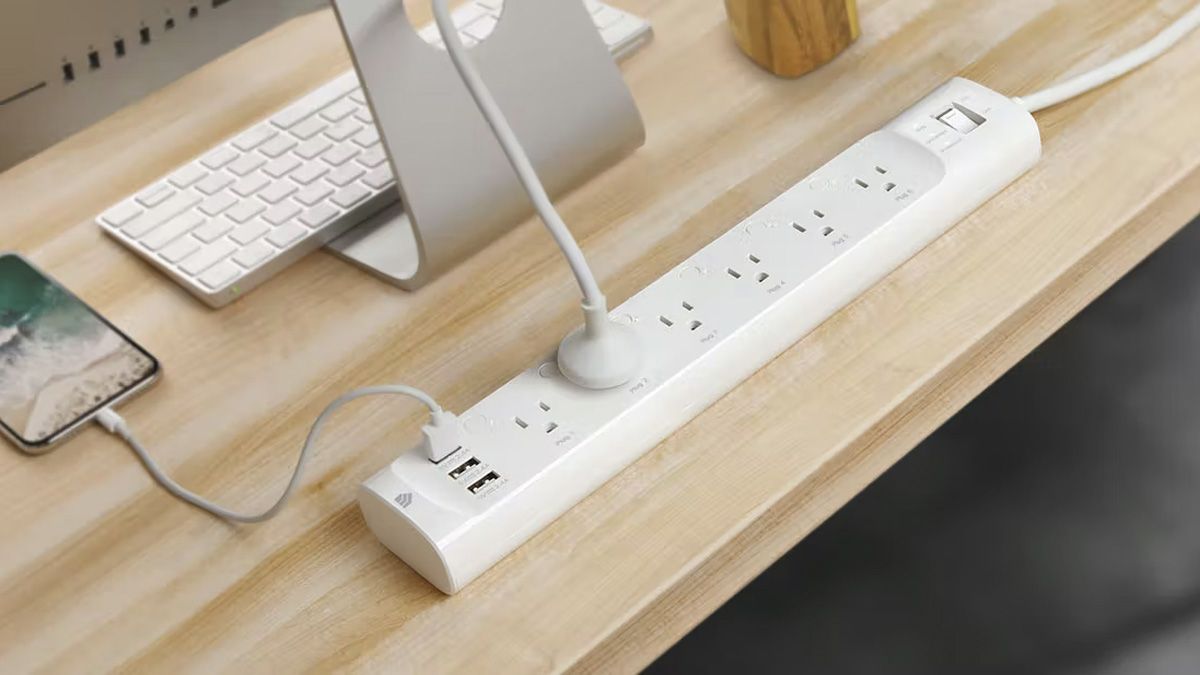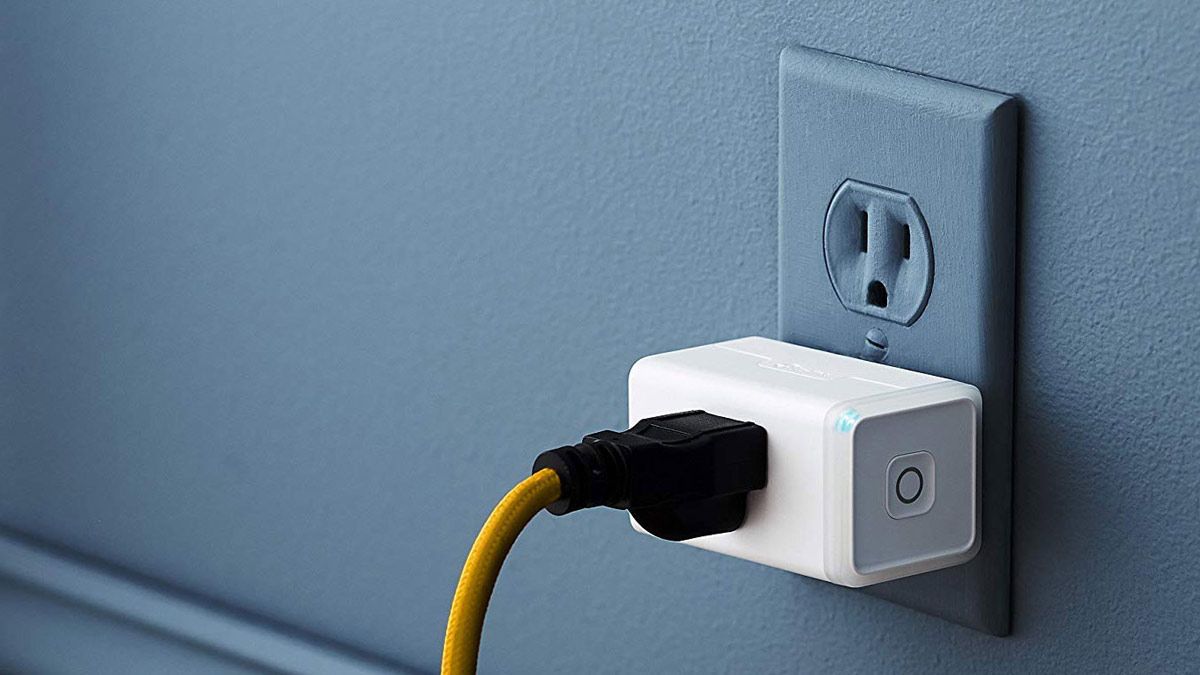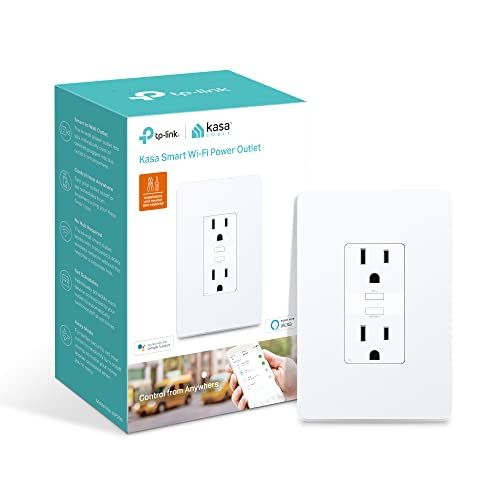You might be surprised to learn how much power various things around your home use when nobody is, well, using them. By plugging them into a smart plug or power strip, you save money (while saving yourself a hassle in the process).
How Much Will I Save?
If we're suggesting you buy something to save money, it's only reasonable you would want to know exactly how much money you're going to save, no?
We can't tell you how much money you're going to save because every device, setup, and use case is different, but we can tell you how to calculate it and how much your devices are costing you in wasted "phantom loads." You can then make an informed decision based on your desire to save money, cut down on wasted electricity and the associated environmental impact, or both.
To show you how I'll walk you through how I measured the power use of the media center in my den. The entire setup is powered by a large power strip plugged into a single outlet. To determine how much power the setup consumed when not in use, I measured the phantom load by plugging the power strip into a Kill a Watt meter.
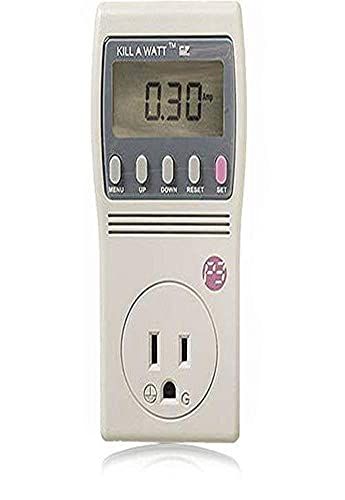
P3 International P4460 Kill A Watt
This simple plug-in meter makes it so easy to calculate how much it costs to power a device.
With nothing turned on but everything plugged in the collected devices---TV, Xbox One X, Nintendo Switch dock, small network switch, various game controller chargers, and so on---the total draw for the setup is 35W. On further investigation, of that 35W, roughly half, 18W, was the TV in idle standby mode. Your experience may vary significantly, which is why everyone should measure their own equipment, but that's the real-world phantom load my gear is drawing.
Using the Kill a Watt and the tips and tricks in our guide to measuring your energy use, I know that at 12 cents kWh (what I pay and also right around the national average), leaving that TV in standby mode for a year costs me $18.92 and leaving the entire media center idle over the same period of time costs me $37.92.
Of course, there are periods of use, but even if you sat and watched TV or gamed for 6 hours a day every single day, the resulting 18 hours of day standby power over the course of the year would be $14.19 and $27.59, respectively.
Now, obviously, I could simply unplug the power strip from the wall and plug it in when I wanted to use it. That would cost me nothing other than the hassle of doing it. And for out-of-the-way things like a TV in a seldom used guest room, that's probably the best solution.
But what if you wanted your media center to be off except when you were using it or on a schedule to power on into standby mode only between, say, the hours of 6 p.m. and Midnight every day for your after-work Netflix binges? That's where a smart plug, smart strip, or even smart outlet comes into play.
Let's assume that your smart plug costs $7 (a reasonable estimate given that they are frequently on sale, and that when you buy a multipack, the cost drops to around $6-8 a plug). Here's how quickly that plug will pay for itself and start saving you money.
If the media center sat completely idle with that established 35W draw, the plug would pay for itself in around two and a half months, and everything after that would be pure savings.
If I, or someone in my household, used the TV for 6 hours a night, every night, the plug would still pay for itself, but it would take just a little over three months. Over the course of the next year, even with active TV use every night, the plug would save me around $20. Going forward, it would save me around $28, assuming energy prices stayed stable.
Now, of course, it's crucial you measure the phantom load of your devices so you can crunch the numbers yourself. I have a clear case for using a smart plug to save a chunk of change, but you might not.
If your media center isn't so much as a center but a 40" television with only a 5W idle power draw, then using the same 6-hour-a-night TV calculations would reveal that it would take a little over 23 months for the plug to pay for itself. Going forward, you'd save about $4 a year. Savings are savings, of course, but you might decide that waiting two years for a return on investment and then only saving four bucks a year isn't worth the tradeoff.
You might note that we didn't account for the power consumed by the smart plug in our cost estimates. Smart plugs are extremely low power; it's actually tricky to measure their energy consumption. At most, it would be unlikely your smart plug would use even a dollar of power over the course of an entire year---but feel free to add $0.50-$1 into the equation if you want to be really conservative with your estimates.
Use These Smart Devices to Cut Down on Standby Power Waste
If you've run the tests and determined you have some devices in your home with phantom loads that make it worth unplugging them when they're not in use---or, you're willing to invest in some smart gear to help save the environment, regardless of the return---we have some suggestions to get you started.
When it comes to both your physical safety (we're dealing with wall current here, after all) and your security (Internet of Things smart devices can present a network vulnerability), it's worth buying from a respectable company.
Further, you're more likely to get a good end-user experience with smooth, smart home integration and easy-to-use software. After all, what good is all this smart home effort if you can't say, "Hey Google, turn on the media center." after a long hard day?
Smart Plugs
The cheapest and easiest way to implement the power-saving measures we outlined above is to plug in the device with the phantom load into a smart plug. I have dozens of Kasa-brand smart plugs around my home and will happily recommend them to anyone.
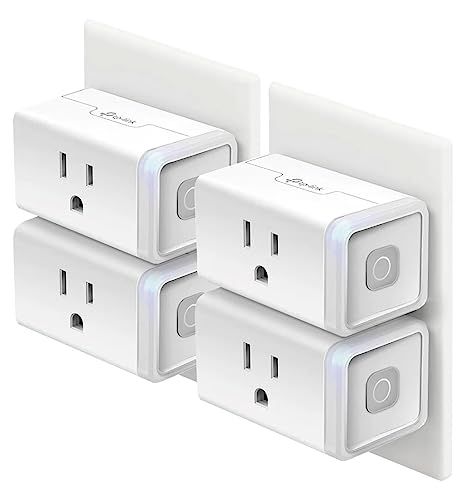
Kasa HS103P4 Power Plug 4-Pack
This 4-pack is perfect to get you started using smart plugs all over your home.
Their "mini" 15A models are great and are frequently on sale for around $25. If you'd like a nearly identical plug but with energy monitoring built right into it, a 4-pack will set you back about $40.
Smart Strips
Smart strips are great for those times you want to control individual items easily. If you want the ability to leave one item on all the time, or to toggle that item (and all the others on the power strip) based on different criteria, a power strip is the way to go.
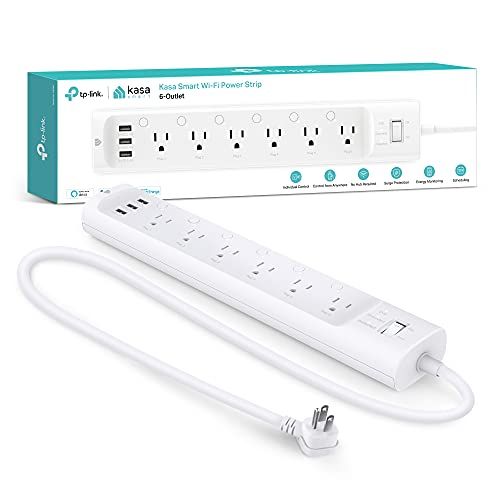
Kasa HS300 Smart Power Strip
This large power strip is well suited for use with a media center or home office setup.
This Kasa power strip features six regular outlets and three USB ports. Although the company makes a smaller power strip with only three regular outlets and two USB ports, unless that's all you really think you'll need, it's probably best to go with the bigger model.
Perhaps that's just my electronics-everywhere lifestyle talking, but I can't imagine 3 outlets ever being enough for most applications in my home.
Smart Outlets
Smart outlets are a bit more hassle (and not very renter friendly). But for applications where a chunky plug won't fit very well, such as behind a flush-mounted television with a recessed power outlet, you really can't beat them. It's all the smart remote control with the same profile as a regular outlet.
I've used these Kasa smart outlets in several applications around my home and---from the installation to the software support---have been very pleased with them.

